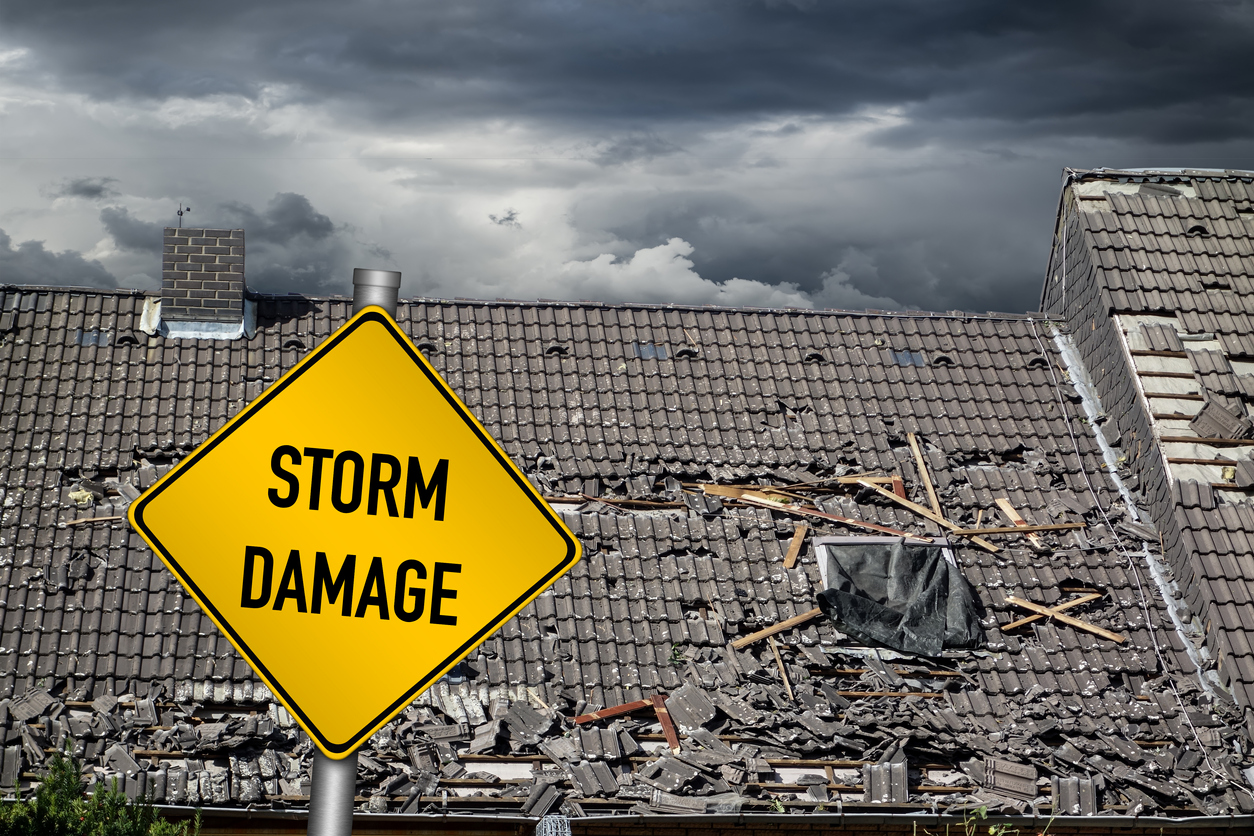South Floridians are no strangers to electrical disasters. They are survivors who fight for their rights to live in a warm climate that boasts year-round sunshine and coastal clear waters set off by pristine sandy beaches. In South Florida, electrical disasters of some sort happen throughout the year and many are due to natural weather conditions. The types of damages, associated costs, and ways to avoid electrical problems vary greatly.
Electrical house or building problems from fire and rainstorms
Short circuits are a cause of fires in residential homes and commercial buildings. When the power goes out after a storm and water saturates electrical wiring, a fire can start. Back in September 2017, a fire ruined Lee Elementary School after an electrical surge. According to a Tampa Bay Times article the district turned down an offer of $9.2 million considering it to be too low to repair the school.
To lessen the chances of electrical damage after a storm turn off appliances when the power goes out, even better, turn off the main breaker. Turn the main breaker back on after power restoration. Listen for unusual noises and keep your nose sensitive to odd smells. If you hear or smell something strange, turn the breaker off again and call an electrician to access the situation. If you see flickering lights, unplug all appliances so they will not burn out.
During a storm, high winds and trash encounter the electrical lines from the home or building to the utility pole. The wires still have an electrical charge so remember not to touch them. Check for downed wires outside and contact your electric company if you see exposed or broken wires.
Incorrectly hooked up generators can start fires as well. It is hazardous to use dryer appliance cords as they could permanently damage the generator, spark a fire, and pose a danger of electrocution.
Heat waves and High Humidity Weather
Heat waves cause electrical power fluctuations. Electrical damages from heat waves and humidity include damage to appliances when they strain and stay on longer than normal. A refrigerator’s dirty condenser coils can damage its compressor. To avoid electrical problems, read the user manual that came with the appliance to determine where the condenser coil is located and then clean it on a regular basis.
Be safe when the outdoor temperature rises to 135 degrees Fahrenheit because that high of a temperature is dangerous. Parked cars are no place to be for children or adults. In a heat wave or high humidity situation, drink plenty of water unless you are on a water-restricted diet. Consult your physician in that case. Always wear lightweight light-colored clothing to keep cool and limit outdoor activities.
Tornado Damage and Safety
Tornadoes are common in South Florida. Electrical damage occurs when high winds blow down power lines. The best thing to do is to stay alert of weather conditions during tornado-prone months, which are between June and September. Keep in mind tornadoes do happen year round.
The National Centers for Environmental Information National Oceanic and Atmospheric Administration (NOAA) tracks widespread damage was severe weather. It indicated that tornado and hailstorms in March and April 2018 caused more than $2.8 billion dollars in damage. Florida was among the states listed who suffered from the impact.
Electrical damages during a tornado are hard to prevent. Your main goal is to stay away from downed wires. Assign a room as a family safe room to retreat to in the event of a tornado. Alternatively, identify community safe buildings where people gather during a tornado. Look at the sky and note the changes in the weather. Sometimes a tornado can strike with little warning.
Hurricane Damage and Prevention
Hurricane Irma caused the massive storm that resulted in the initial power outage for Tampa Bay’s Lee Elementary School prior to the fire that subsequently damaged the school. Estimates of the damages from Hurricane Irma are $50 billion. Total damages from that hurricane plus Hurricane Harvey and Katrina to the states of Florida, Texas, and New Orleans range between $150 billion and $200 billion.
The Federal Insurance and Mitigation Administration (FEMA) gives steps on how residents in South Florida and other areas can do what they can to protect your homes from hurricanes. They suggest residents have a generator installed because outages may last several days. Follow all of the manufacturer’s guidelines when installing and operating your generator. Invest in storm shutters. Either make them out of 5/8 inch thick plywood that is an exterior grade or purchase shutters made of steel, aluminum or wood. During high winds use galvanized metal hurricane straps to hold down rooftops to walls. It is best to call on a professional put those in due to their reported difficulty to install.
You will not likely be able to bypass damages entirely from hurricanes if you reside or work in areas more susceptible to them. However, simply by taking some advanced precautions, you might be able to limit the amount of damage your home or building sustains.
Electrical Damages Lasts for Weeks after a Hurricane
After Hurricane Michael hit the Florida Panhandle in October 2018, Duke Energy estimated the restoration of electrical power to be around 14 days. Certain counties extended that out even further to 30 days. Crushed power grids needed repair. Building structures, if too broken, would not be able to have power restored. Hurricanes on their path of destruction affect the way of life for many.
The Homeowner is Responsible for Certain Electrical Equipment
A homeowner’s responsibility is the meter box attached to the house. Many electric companies offer surge protection service for an extra monthly fee to cover parts of the meter. The service typically covers a maximum of $3,000, but it varies by program. Common parts under the coverage are the conductor cable that costs a little more than $1,100, and the weatherhead, a part shaped like a bell, would be slightly under $200. The homeowner pays nothing if under the coverage.
Electrical damage can occur at anytime a hurricane, tornado, heat waves, and other natural disasters take place. The cost often exceeds $1 billion and that is tremendous. Preparation is the key to lowering the costs of damages.
Floridians rebuild because the beauty of South Florida is like non-other in the United States. Year round warm weather, entertainment, close proximity to beaches and the ocean all make living in South Florida and visiting it worthwhile.




